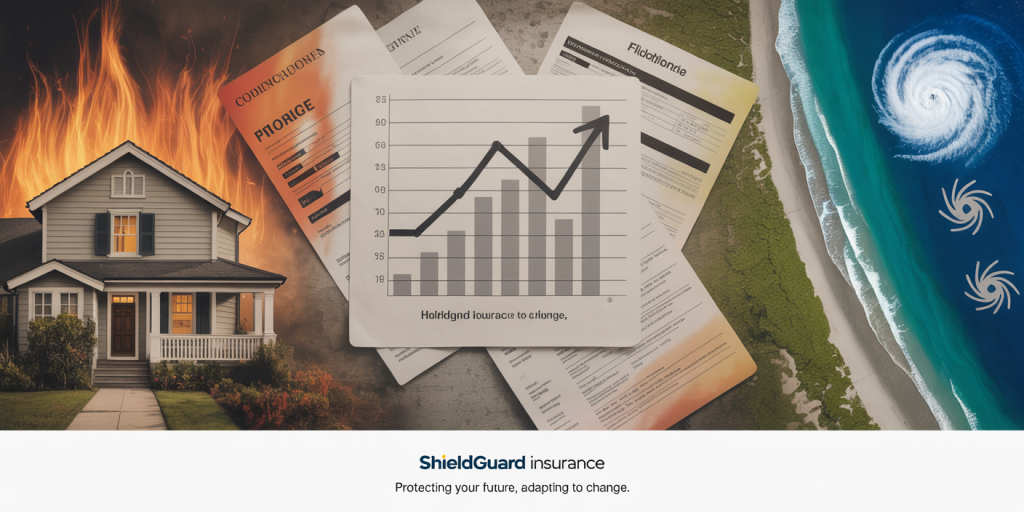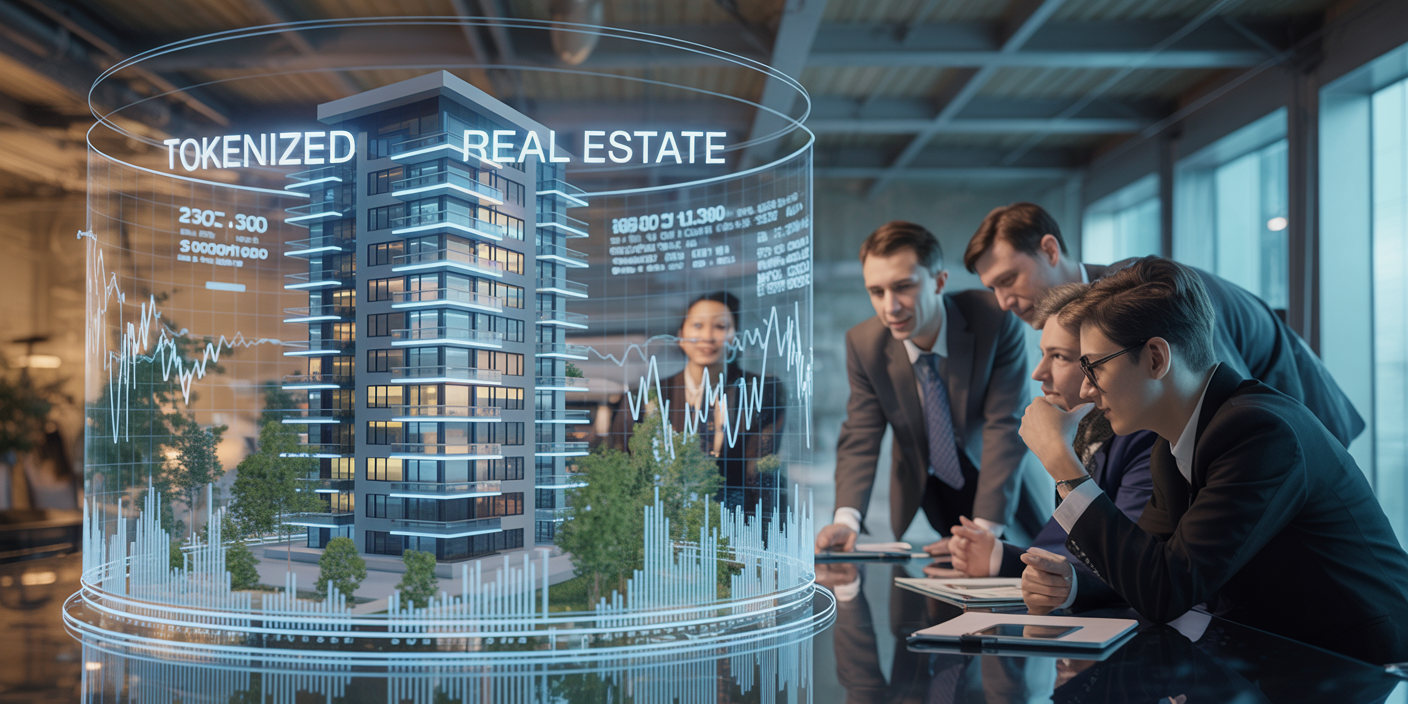The Hidden Costs of Homeownership Most Buyers Overlook
Anúncios
Purchasing a home is often seen as a pivotal milestone and a sound investment for many individuals and families. The excitement of owning a property, personalizing a living space, and building equity can overshadow the financial realities inherent in homeownership. While buyers typically plan for the down payment, mortgage, and closing costs, there exists a range of hidden expenses that can significantly impact budgets and financial stability over time. Ignoring or underestimating these costs risks turning a dream investment into a financial burden.
Understanding the full spectrum of costs beyond the sticker price is essential for prospective homeowners. From maintenance surprises to insurance hikes, these expenses accumulate silently but persistently. This article delves into the most commonly overlooked costs, supporting each with examples, statistics, and practical insights to prepare buyers for the real financial responsibilities that come with owning a home.
Unexpected Maintenance and Repair Expenses
Anúncios
One of the most underestimated expenses in homeownership is ongoing maintenance and unexpected repairs. Homes, unlike rented apartments, require constant upkeep. A report from HomeAdvisor indicates that average annual maintenance expenses range between 1% to 4% of the home’s purchase price. For a $300,000 home, this can translate into $3,000 to $12,000 each year. Many buyers fail to include this crucial estimation in their budgeting phase.

Practical examples highlight this blind spot. Take the case of Susan and Mark from Ohio. After buying their first home, they were unprepared when their HVAC system failed within two years, resulting in a $7,000 repair. Furthermore, their aging roof needed replacement after just five years, costing them upwards of $15,000. These expenses can derail financial plans if not anticipated.
Anúncios
Routine maintenance activities such as gutter cleaning, lawn care, pest control, and HVAC servicing appear minor but add up. Skipping small repairs can escalate problems, leading to costly renovations. A comprehensive home inspection at the time of purchase may not reveal future vulnerabilities, underscoring the need for an emergency maintenance fund. Experts recommend setting aside at least 1% of the home’s value annually for upkeep to avoid financial strain.
Property Taxes and Their Variability
Property taxes represent a recurring cost that homebuyers often overlook or underestimate. Unlike fixed mortgage payments, property taxes are subject to annual assessments and can vary based on local governments’ budgets, school funding needs, and property value reassessments.
For example, in New Jersey, one of the highest property tax states, homeowners face an average property tax rate of 2.42%, according to WalletHub 2023 data. On a $400,000 home, this means approximately $9,680 yearly in property taxes alone. On the contrary, states like Alabama have rates as low as 0.37%, drastically affecting the total cost of ownership.

Comparing property tax burdens:
| State | Average Property Tax Rate | Annual Tax on $300,000 Home |
|---|---|---|
| New Jersey | 2.42% | $7,260 |
| Texas | 1.83% | $5,490 |
| Alabama | 0.37% | $1,110 |
| California | 0.76% | $2,280 |
Variability in property taxes can severely impact net cost and monthly affordability. Furthermore, property tax rates may increase due to reassessments or new levies, potentially catching homeowners off guard. Prospective buyers should investigate historical tax rates and possible changes in the area before purchasing. Ignoring this expense can lead to adjustments in monthly budgets or even financial difficulties.
Homeowners Insurance and Additional Coverage Costs
Homeowners insurance is essential to protect investments from damage, theft, and liability. However, buyers often underestimate these premiums, especially in regions prone to natural disasters. The average annual homeowners insurance premium in the U.S. was approximately $1,406 in 2022, according to the National Association of Insurance Commissioners (NAIC). This figure rises significantly in hurricane, flood, or wildfire-prone regions.

Consider the recent example of California homeowners facing steep insurance premium increases due to wildfires. According to Insurance Information Institute (III), homeowners in wildfire-prone areas can pay double or triple the national average. Additionally, flood insurance is typically excluded from standard policies and must be purchased separately, often at high costs.
Homeowners sometimes require endorsements or riders for valuables such as jewelry or art collections, increasing premiums. Deductibles for disasters can also be high, implying significant out-of-pocket expenses during claims.
| Region | Average Homeowners Premium (2022) | Additional Risk Coverage |
|---|---|---|
| National Average | $1,406 | Standard Coverage |
| Florida | $2,004 | Hurricane & Flood Separate |
| California | $2,820 | Wildfire Riders Common |
| Texas | $1,872 | Hurricane & Tornado Coverage |
Failing to factor in insurance costs and potential premium hikes can leave homeowners financially vulnerable. It’s advisable to obtain multiple insurance quotes and inquire about risk-specific coverage when budgeting for a home.
Utility and Operational Costs: Beyond the Mortgage
Beyond the price of the house and immediate costs, operational expenses such as utilities constitute an often overlooked financial component for homeowners. These include electricity, water, gas, sewer, and trash removal fees. Renters may have some utilities included, whereas homeowners bear the full financial responsibility.
Energy consumption varies widely, depending on the size, age, and efficiency of the home. Older homes frequently have inefficient HVAC systems and poor insulation, leading to high energy bills. The U.S. Energy Information Administration noted that the average American household spends around $2,200 annually on utilities.
Further, water bills can be surprisingly steep, especially with larger lawns requiring irrigation or properties with swimming pools. Sewer and garbage collection fees may also differ drastically by municipality and can increase over time.
For instance, a 2021 case study from Texas reported a homeowner’s water bill rising by 40% after a rate increase combined with drought-induced water restrictions, heightening operational costs unexpectedly.
Anticipating these expenses is critical for realistic homeownership budgeting. Conducting utility bill comparisons and inspecting home energy efficiency before purchase can prevent shocks.
The Cost of Upgrades and Personalization
While many buyers anticipate some renovation costs, the extent and frequency of upgrades required to maintain or increase property value are frequently downplayed. Trends in the housing market demonstrate that cosmetic improvements, energy-efficient upgrades, and technological enhancements are often necessary investments.
For example, a 2023 survey by Remodeling Magazine shows that kitchen and bathroom renovations typically yield the highest return on investment at around 60-70%. However, comprehensive renovations can cost tens of thousands of dollars. Homeowners may also face demands to update heating systems or install modern safety features like smoke detectors or security systems.
Additionally, new buyers often desire customization to make the home ‘their own.’ These personalization expenses—ranging from landscaping to interior design—add up and are rarely included in initial financial planning. A recent real case involves a couple in Chicago investing over $25,000 within two years to renovate their home façade, install smart home devices, and re-landscape the garden.
Looking Ahead: The Evolving Financial Landscape of Homeownership
The hidden costs detailed above are likely to increase in relevance as economic, environmental, and regulatory conditions evolve. Climate change drives insurance premiums upward, local governments adjust tax structures to fund growing community needs, and rising energy costs pressure operational budgets.
Technological advances also introduce new considerations. While smart home technology can reduce long-term operational costs, initial installation and maintenance present upfront expenses. Future-proofing homes for energy efficiency or electric vehicle charging infrastructure may become necessary but costly.
Moreover, demographic shifts and housing market fluctuations affect affordability and maintenance demands. Older homeowners may face more extensive repairs due to aging properties, whereas first-time buyers must plan for initial adjustments and upgrades.
In light of these trends, prospective homeowners must adopt a comprehensive and forward-looking budgeting approach. Building financial resilience through emergency funds, continuous market research, and proactive maintenance can mitigate risks associated with hidden costs. Collaborating with real estate professionals, insurance agents, and financial advisors can facilitate a full picture of the cost landscape.
Summary Table: Average Annual Hidden Costs of Homeownership for a $300,000 Home
| Cost Category | Estimated Annual Cost | Notes |
|---|---|---|
| Maintenance & Repairs | $3,000 – $12,000 | Varies based on home age and condition |
| Property Taxes | $1,110 – $7,260 | Highly location-dependent |
| Insurance | $1,400 – $2,800 | Increases with risk factors |
| Utilities & Operational | ~$2,200 | Includes electricity, water, gas |
| Upgrades & Personalization | Variable, $5,000+ (optional) | Periodic, based on homeowner preferences |
Being aware of and planning for these hidden costs influences the sustainability and satisfaction of homeownership. Preparation and informed decision-making are critical for avoiding surprises and ensuring that buying a home remains a rewarding and financially sound endeavor.



Post Comment